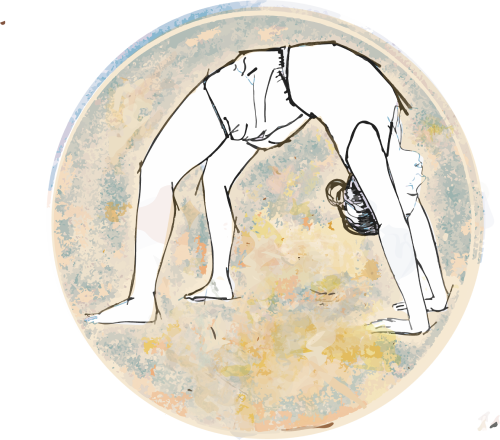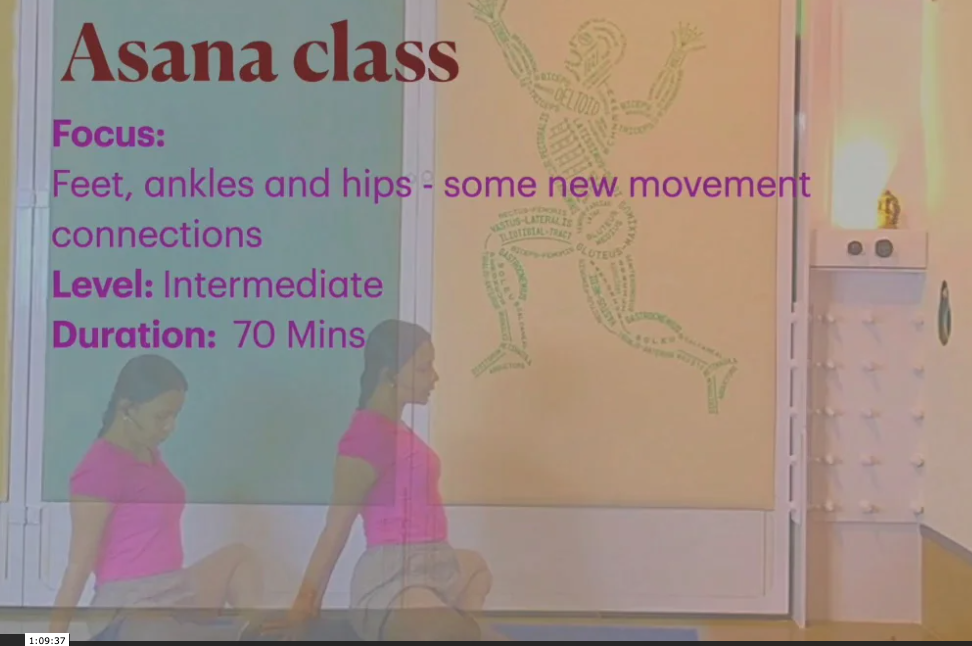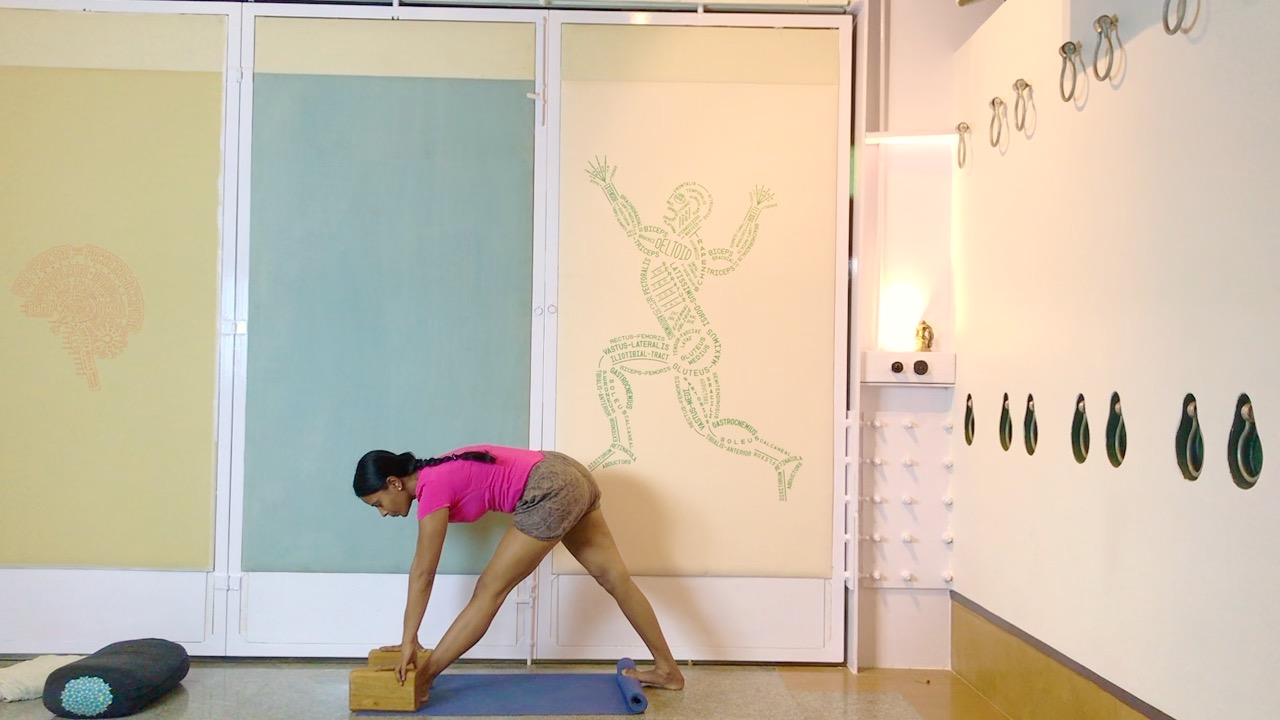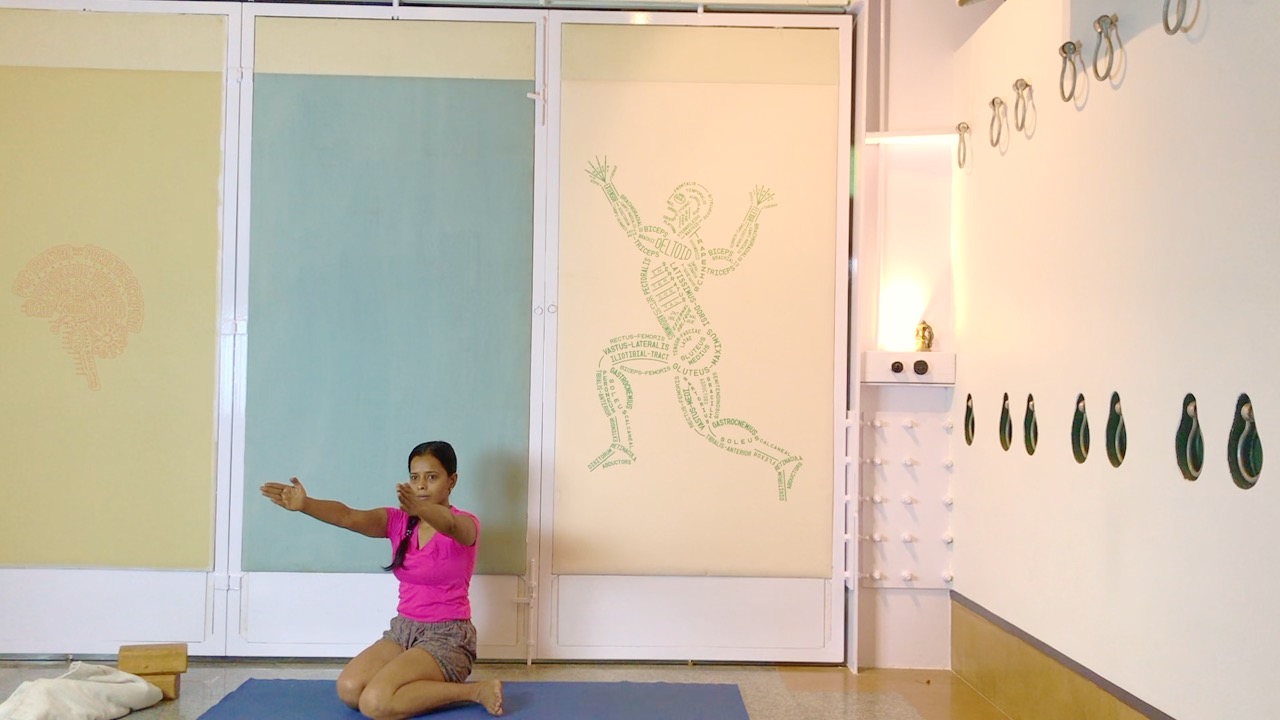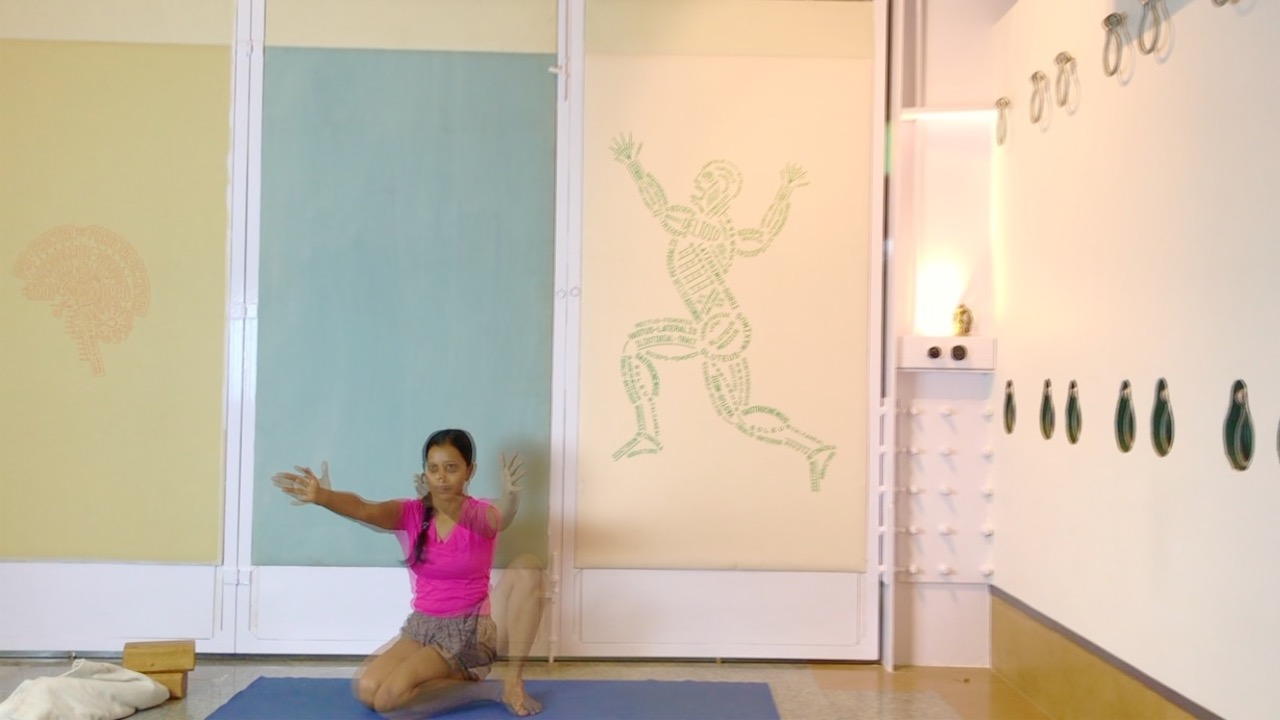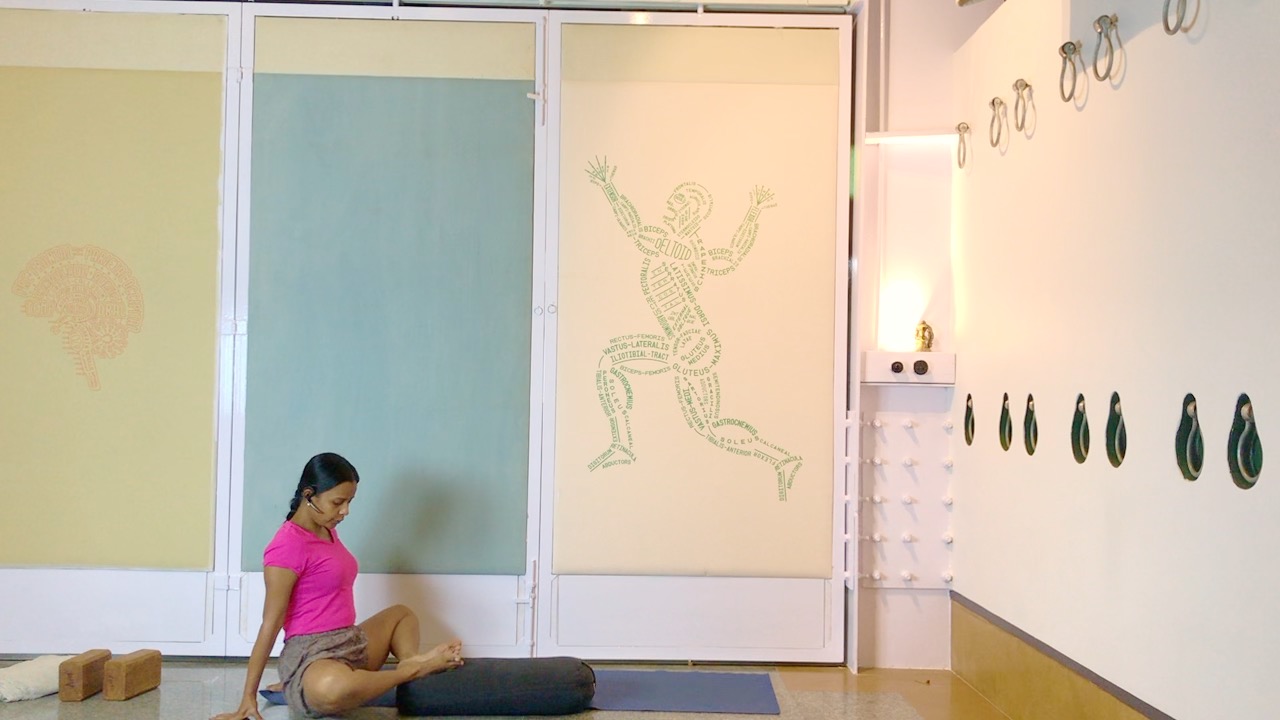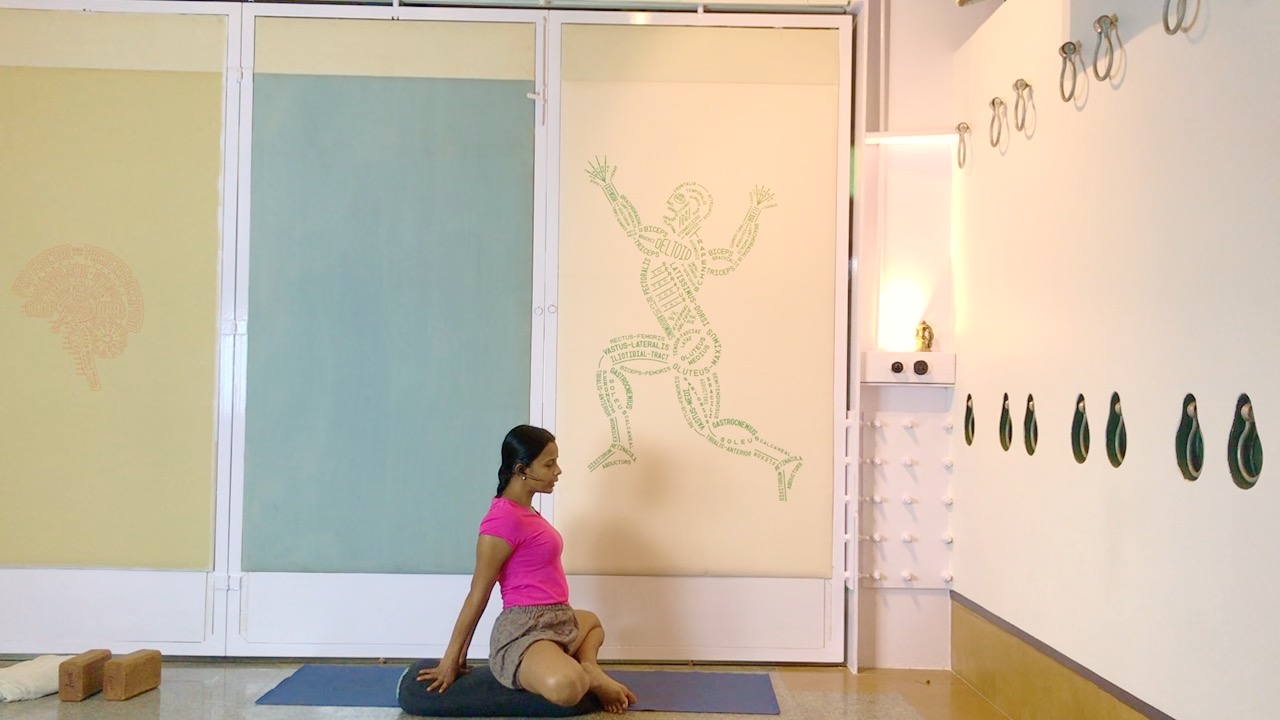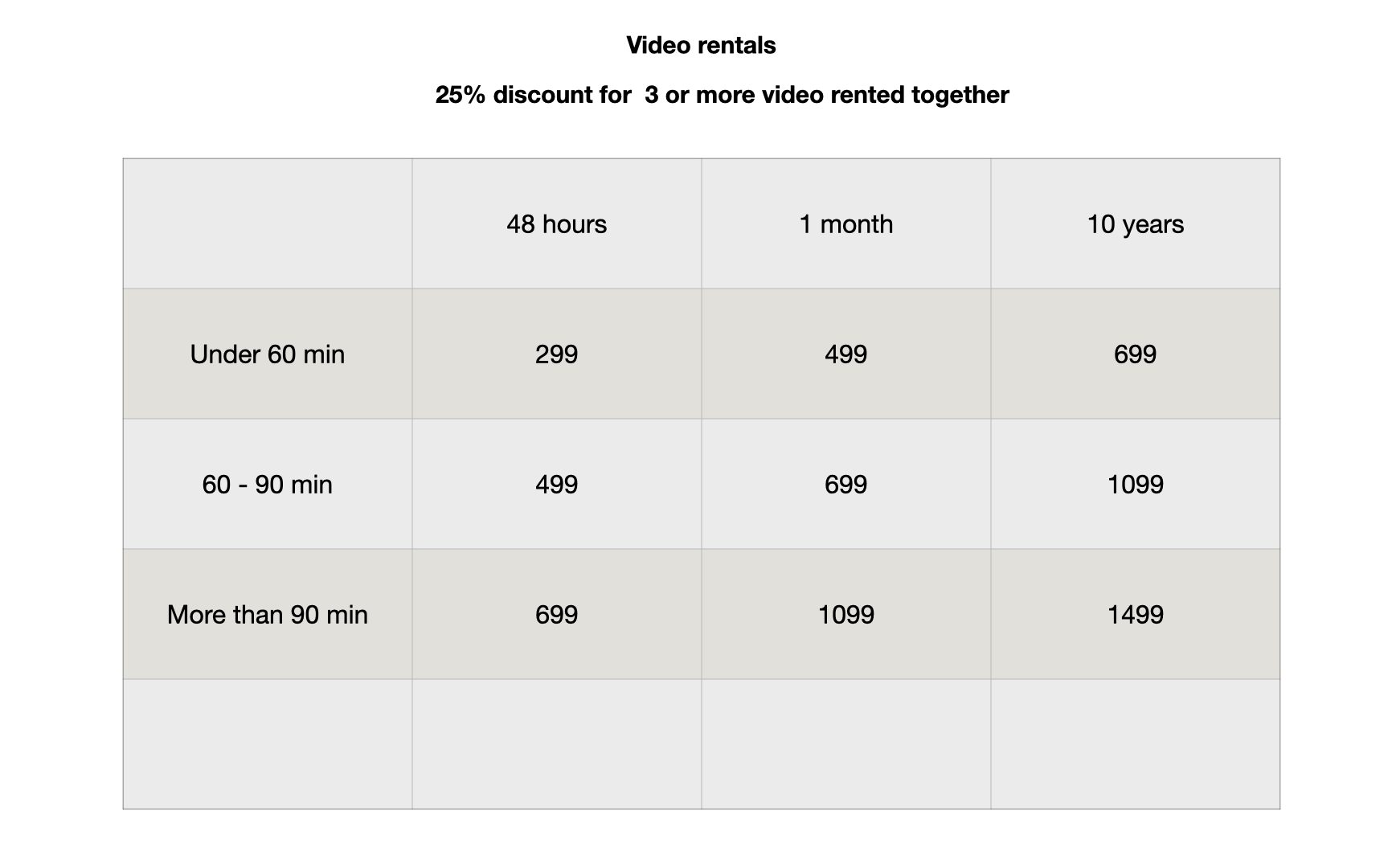In this session we explore some new movements and connections of the feet/ankle/ hips. The effects of these actions are then experienced in familiar asanas. We also do an adapted Mulabandhasana. Some of these positions might feel unfamiliar because we do not explore them very frequently, but all of them work within the range of movements that are possible by our feet, ankle and hip joints.
The ankle joint, like the wrist, is delicate, making possible a large range of movement. Unlike the wrist, it faces the challenge of balancing the weight of our body, and therefore needs firmness.
We have two ankle bones on each feet – the inner and the outer. Being close to the base of the body, the ankle bones honestly reflect the quality of how we stand. Imbalances in the feet are reflected in the ankles. Conversely, building resilience in the ankles improves our balance, prevents injuries, and improves deformities not just of the feet, but the entire leg.
Complete knee flexion is not advised for people with knee injuries. caution is advised if you have an ankle injury or weakness.

